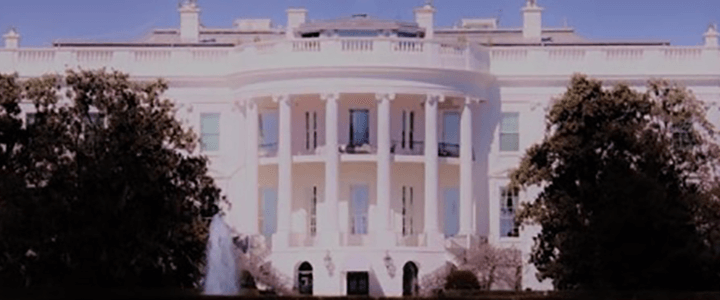In the 80s and 90s it was down-sizing. Then, transforming, modernizing, and streamlining came along to alleviate bureaucratic friction and achieve greater efficiencies. The next evolution of federal reform is about reorganizing and eliminating. The accounting began yesterday afternoon in the Oval Office. With his cabinet behind him, President Trump signed the executive order outlining his “Comprehensive Plan for Reorganizing the Executive Branch.” Here are some highlights.
SUMMER ASSIGNMENT for the federal government
By mid-September 2017, each department and agency will provide to Director of the Office of Management and Budget Mick Mulvaney plans “to reorganize the agency, if appropriate, in order to improve the efficiency, effectiveness, and accountability of that agency.” After 180 days of careful study and self-reflection, department heads could very well offer to OMB “suggestions” that propose a sort of bureaucratic seppuku: if an organization finds itself simply redundant or irrelevant, or if Director Mulvaney makes that determination based upon data submitted to OMB, then the decision may simply be to “eliminate unnecessary [those] agencies.” The public, as well, will have opportunity to offer ideas and insights by way of the Federal Register.
Then, by early April 2018 when spring’s resurrecting flower and fauna and cherry blossoms are blooming on the Hill, Director Mulvaney will submit to President Trump OMB’s plan that “shall include, as appropriate, recommendations to eliminate unnecessary agencies, components of agencies, and agency programs . . . .” As T.S. Eliot observed, “April is the cruellest month.” For some, at least, Eliot will be right.
BALANCING bureaucracy
The executive order directs OMB to engage in a detailed evaluation of business processes and functions and, then, balance inputs and outputs. Director Mulvaney and his team will work to determine if the benefit of particular capabilities outweigh the costs. He will have to determine where there are redundancies, and, thus, inefficiencies, both inside each agency and across the government. He will have to propose, when it makes sense, consolidations of some lines of business under a single office.
Re-shaping or shuttering an agency or eliminating a program won’t necessarily mean the particular functions of the agency or the purposes of the program aren’t important to the public. Director Mulvaney will consider in this process of re-imagining federal government if a function may “be better left to State or local governments or to the private sector through free enterprise.”
THE YEAR AHEAD
Very shortly—remember the 180 day deadline for conclusions to OMB—departments and agencies will begin establishing teams and boards to take careful and detailed inventory of every vision, mission, and supporting function, administration, agency, and office. So we can expect that an understandable anxiety may descend across the ranks of career civil servants as determinations of relevance or irrelevance become more imminent.
But it may also mean a host of opportunities for some.
In this sober, ambitious process of re-imagining and building an efficient government structure, smart government contractors in the private sector will be working hard to build innovative capacities and take advantage of the free-enterprise-opportunities to serve the public good by adopting functions that are relevant, but too expensive for government to sustain. The private sector will likely very carefully monitor institutional outcomes to gain an inside edge in redefining the services they can provide to better respond to people’s needs. States anxious to assume what were previously broad federal responsibilities will have opportunities to expand budgets, perhaps substantially, and make fiscal plans to fund those new services they’ll expand or build to accommodate those new requirements coming their way.
Expect another fascinating year ahead.



